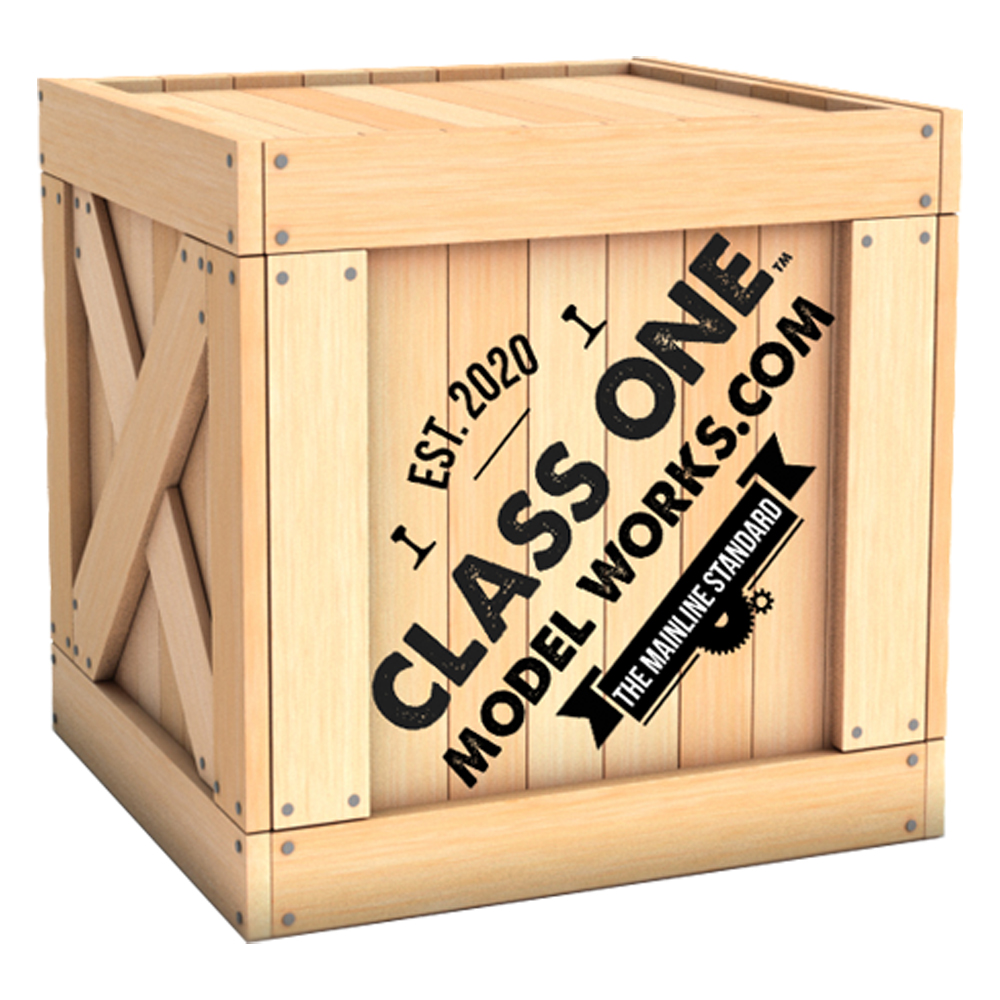
Meet ClassOneModelWorks.com A new face is joining the model railroad marketplace. ClassOneModelWorks.com., based in Kansas City, Mo., is led by president and chief executive officer Mike Brusky and chief operating officer Stephen Priest. The company plans to introduce several HO scale locomotives and freight cars in the coming months. A brief history Brusky founded and […]
Read More…

American Model Supply narrow gauge gondola Scale: Large (1:20.3) Price: $160 Era: early 1920s to late 1960s Manufacturer: Accucraft AMS, livesteamstation.com Denver & Rio Grande Western High Side Gondola features: Die-cast trucks and metal wheels Detailed underbody Working couplers Brass handrails Ladders & corner steps Plastic body, brass casting News & Products is a regular feature […]
Read More…
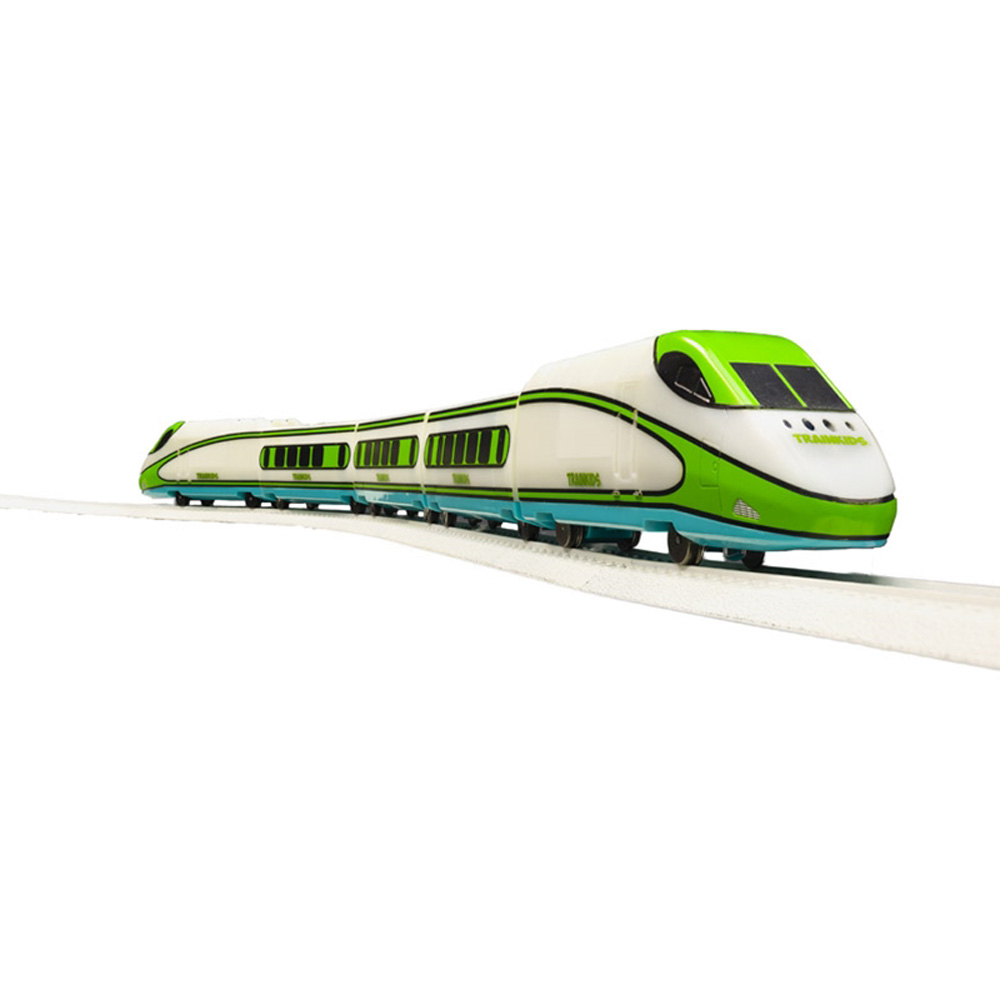
Trainkids glow in the dark passenger train set Scale: HO (1:87.1) Price: $109.95, train set; $59.95, locomotive and car add-on kit; $17.95, passenger car add-on; $24.95, figure-8 expansion set; $7.95, magic re-railer two-pack; $12.95, 9” straight section six-pack; $12.95, 18” radius curve six-pack; $19.95, left- and right-hand switch set; $11.95, right-hand switch; $11.95, left-hand switch […]
Read More…
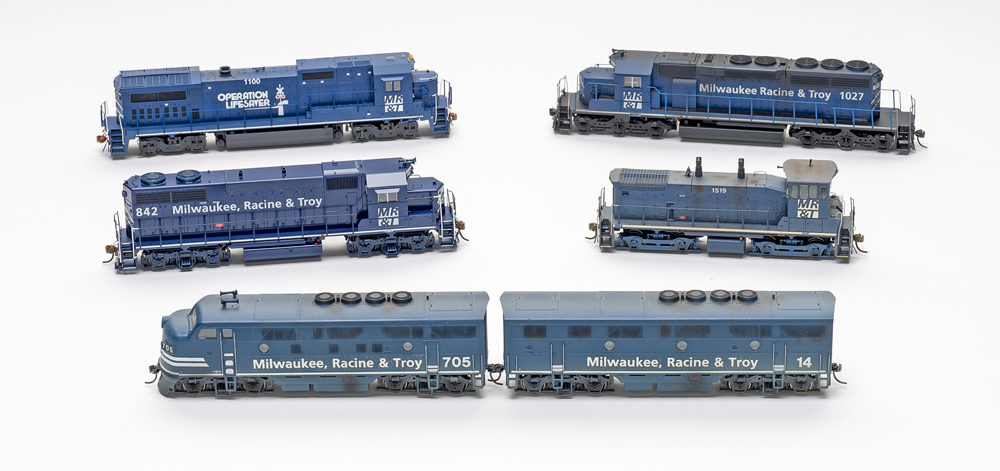
MR&T Jenks Blue diesel locomotives: The Milwaukee, Racine & Troy, Model Railroader’s staff layout, has been around for more than 45 years. Similar to many full-size railroads, the freelanced MR&T changed paint schemes on its diesel locomotives over the years. The railroad’s third – and current – paint scheme is Jenks Blue, which was introduced […]
Read More…
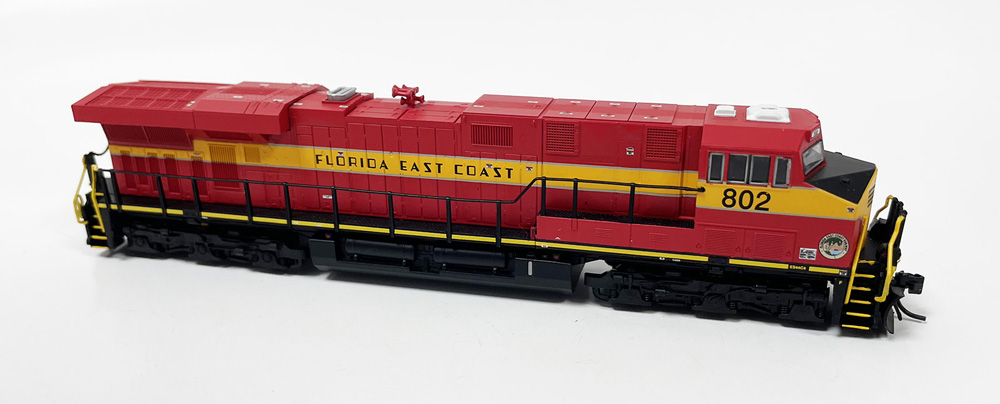
Fox Valley Models ES44 GEVO Scale: N (1:160) Price: Direct-current model, $119.99; with dual-mode ESU Digital Command Control sound decoder, $219.99 Era: Varies on paint scheme Manufacturer: ScaleTrains, scaletrains.com Fox Valley Models ES44 GEVO features: Wire grab irons 3-hose MU clusters Uncoupling levers Windshield wipers Sunshades Brake wheel Paint schemes: BNSF (25th Anniversary scheme with […]
Read More…
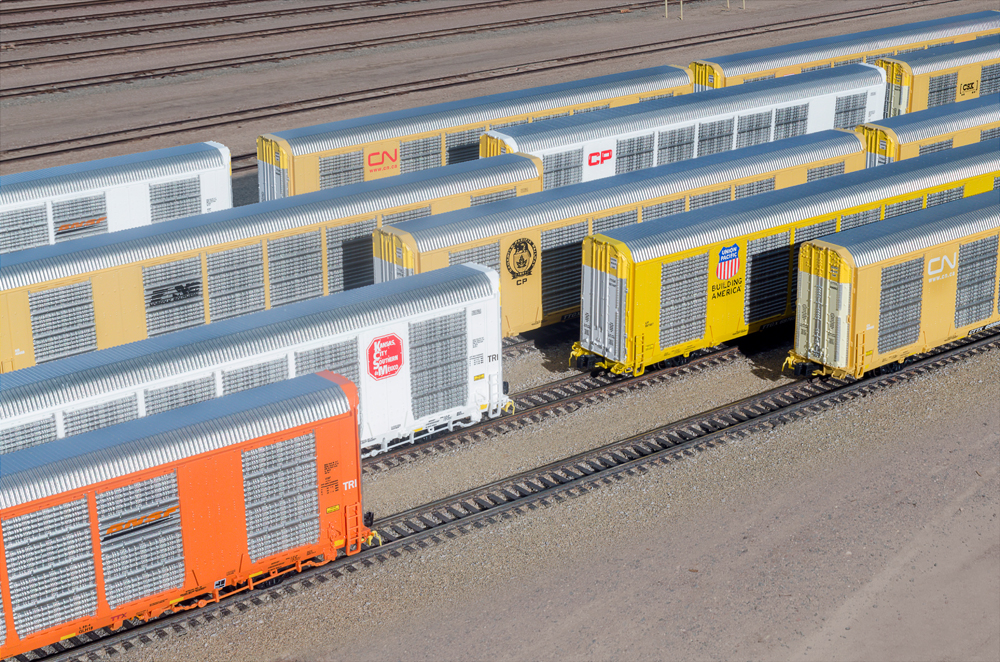
Greenbrier-Gunderson Multi-Max Autorack Scale: N (1:160) Price: $46.99, single car; 6-11 cars, $44.99 each; or 12+ cars, $41.99 each Era: 2014 to present Manufacturer: ScaleTrains, scaletrains.com Greenbrier-Gunderson Multi-Max Autorack features: Multiple road numbers Four body types: early, intermediate, late, and current Factory-applied metal grab irons, coupler cut levers, and trainline hoses ASF low deck swing […]
Read More…
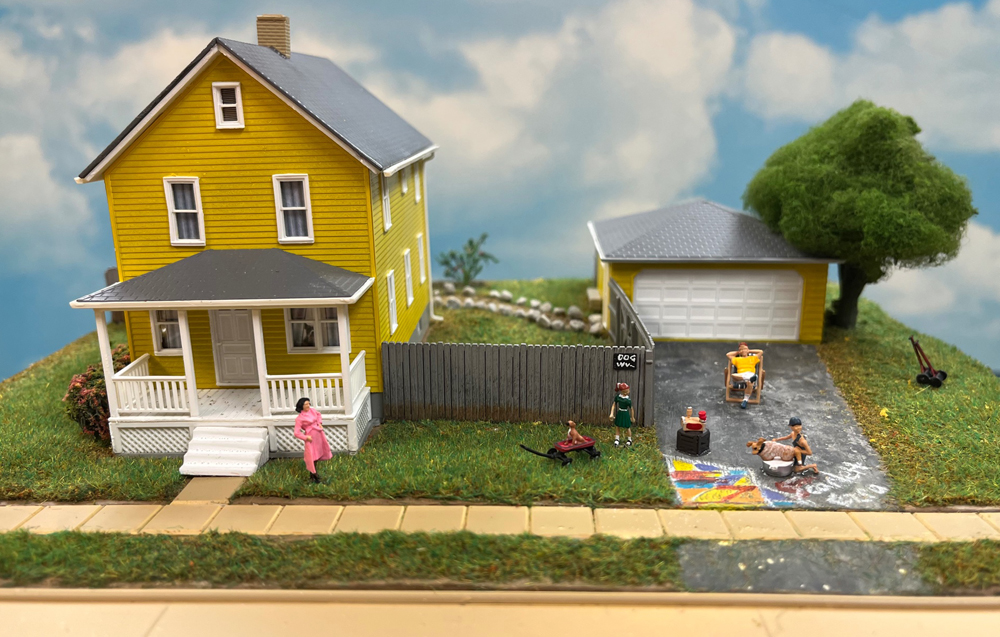
Five tips for creating a summery scene: Summer is a time for gathering outside with family and friends. There are a lot of nostalgic activities that can be modeled to remind us of a hot, summer day — perhaps even of a specific childhood memory. Most of my fondest memories happen during summer months, so […]
Read More…
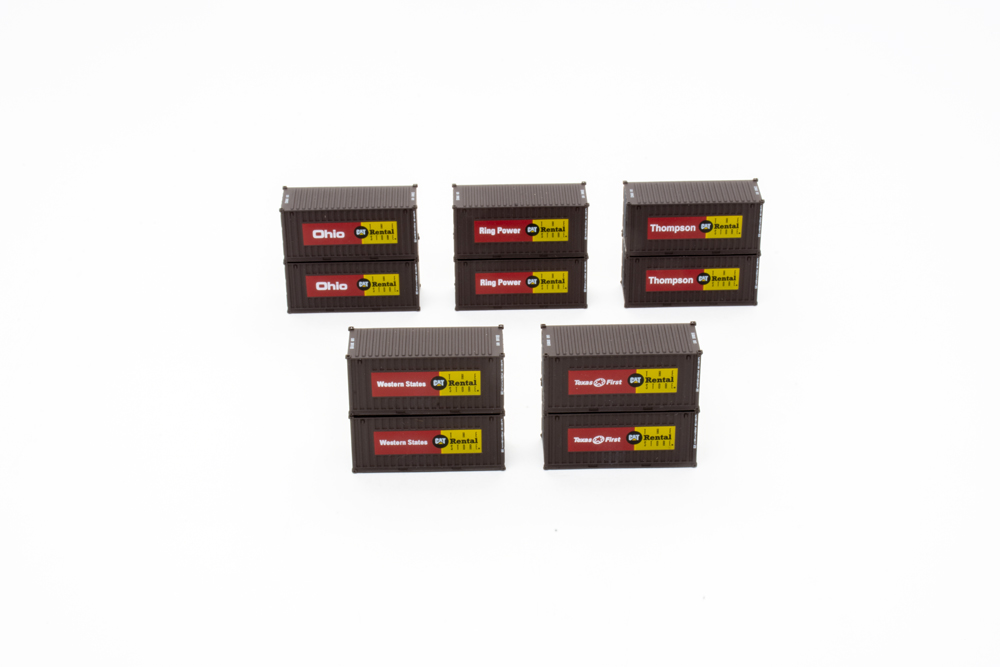
20-foot Cat Rental Store containers Scale: N (1:160) Price: Two-pack, $29.65 Era: Present day Manufacturer: Jacksonville Terminal Co., jtcmodeltrains.com 20-foot Cat Rental Store containers features: Injection-molded plastic Prototype-specific door styles Inter-box connecting pins Magnetic connection system (one magnet on bottom and metal plate on top) Corrugated side Paint schemes: Cat Rental Store series (first five […]
Read More…
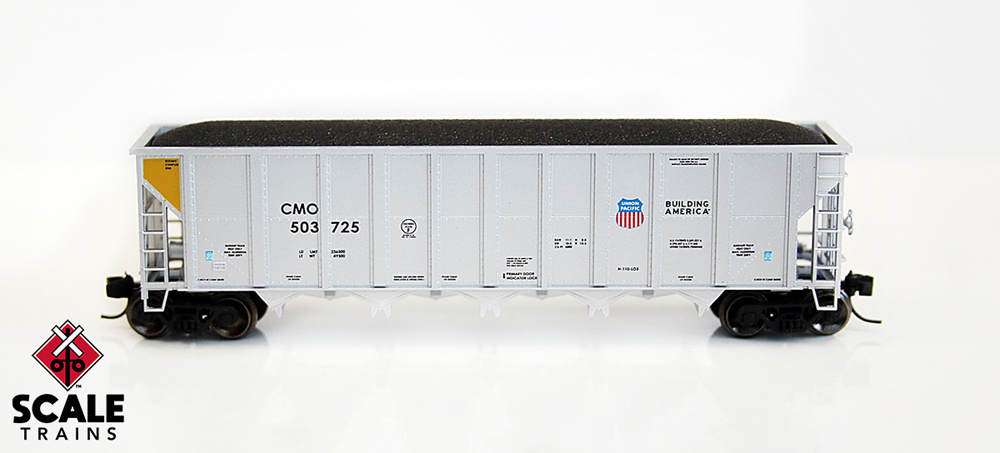
Fox Valley Models Trinity RD-4 coal hopper Scale: N (1:160) Price: $22.99, single car; 6-11 cars, $21.99 each; 12+ cars, $19.99 each Era: mid-1990s to present Manufacturer: ScaleTrains, scaletrains.com Fox Valley Models Trinity RD-4 coal hopper features: New road numbers Die-cast weight with interior detail Separate, factory-applied interior braces Removable coal load Detailed, free-rolling trucks […]
Read More…
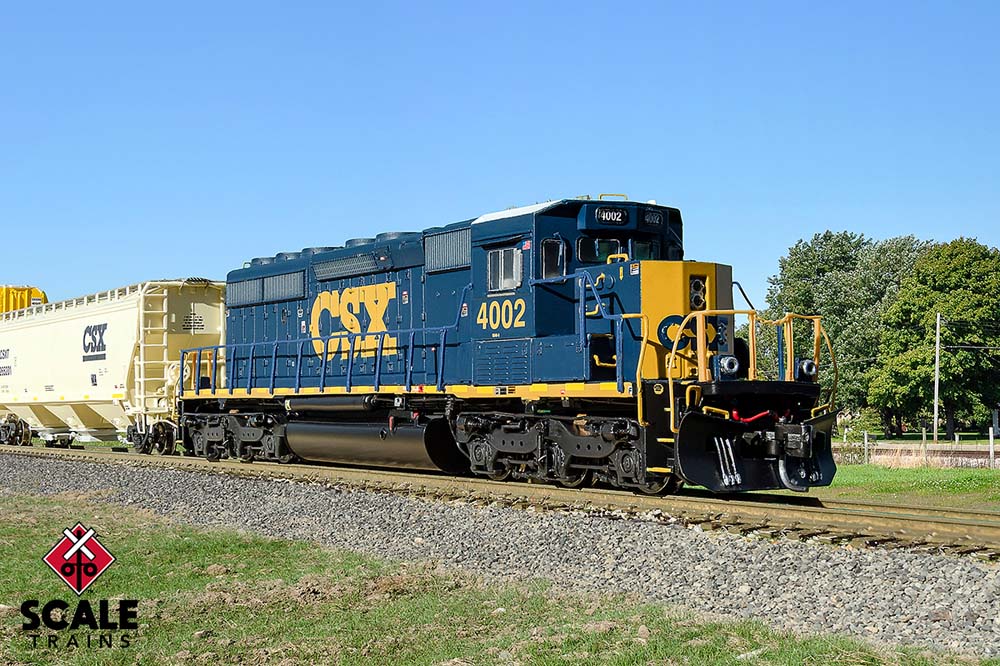
Electro-Motive Division SD40-2 Scale: N (1:160) Price: Direct-current model, $149.99; with dual-mode ESU LokSound 5 and Digital Command Control, $249.99 Era: 1972 to 1984 Manufacturer: ScaleTrains, scaletrains.com Features: Directional LED headlights Operating front and rear deck mounted alternating LED ditch lights Body-mounted knuckle couplers (Micro-Trains compatible) Operates on code 55 and 80 rail Paint schemes: […]
Read More…
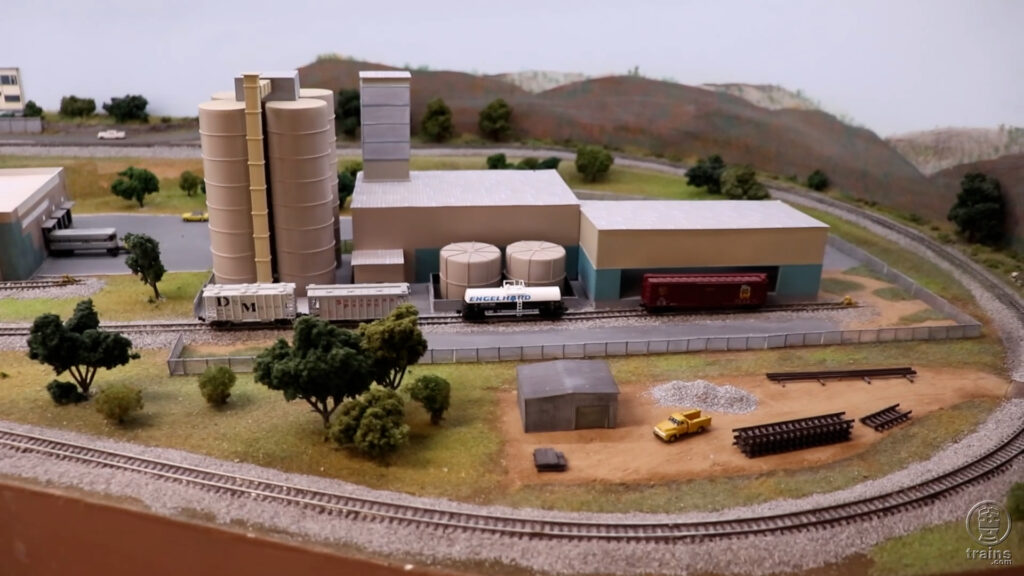
Final details for Star Industries – Host Steve Brown concludes construction of his N scale rail-served industry, by adding scenery and details to the structure and right-of-way, including a proper perimeter fence. Of course, it’s all prepared using Steve’s simple, but effective “regular guy” techniques! It’s My Railroad host Steve Brown states he’s a “regular-guy” […]
Read More…
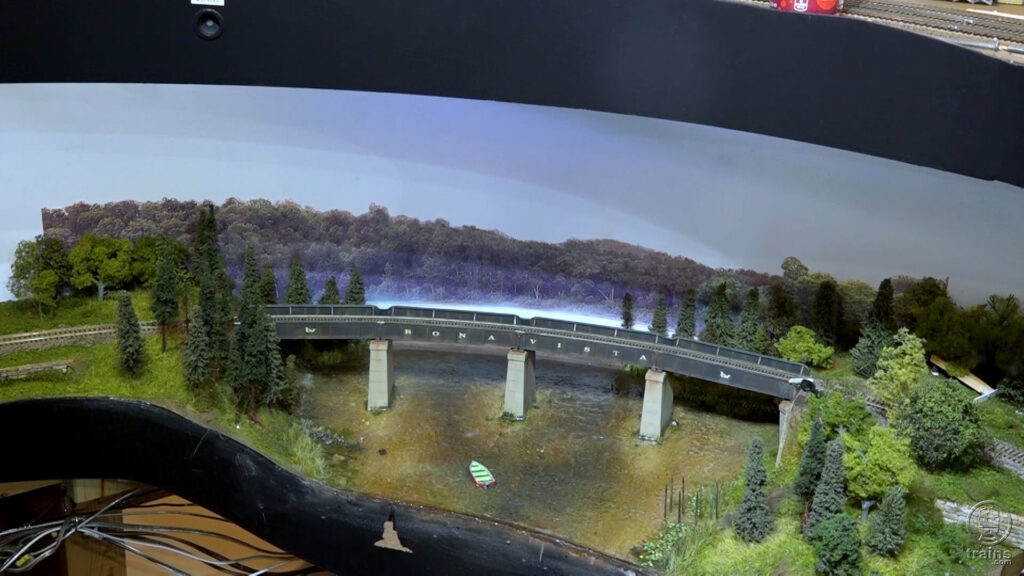
Make a lake, part 4 – In this episode of the Back on Track mini-series, hosted by Gerry Leone on his HO scale Bona Vista model railroad, you’ll see how to apply the finishing touches and details on the water effects, painted backdrop, and adjacent shoreline scenery. All of this and more, as Gerry works […]
Read More…












